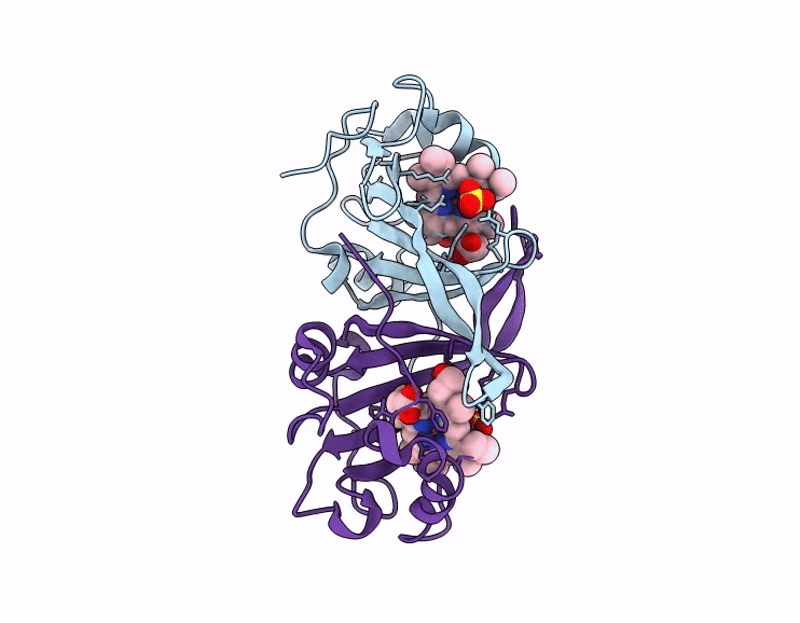
Deposition Date
2024-12-18
Release Date
2025-09-03
Last Version Date
2025-09-24
Entry Detail
PDB ID:
9HS6
Keywords:
Title:
Cytochrome P460 from Methyloccocus capsulatus (double crosslink from Lys), aged
Biological Source:
Source Organism:
Methylococcus capsulatus str. Bath (Taxon ID: 243233)
Host Organism:
Method Details:
Experimental Method:
Resolution:
1.77 Å
R-Value Free:
0.19
R-Value Work:
0.14
R-Value Observed:
0.14
Space Group:
P 21 21 21


